Develop Continuous Improvement Culture with Our LEAN Six Sigma Consultancy
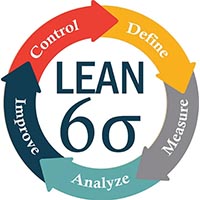
LEAN Six Sigma is the forefront of process improvement and quality assurance. Our continuous improvement consultancy specializes in integrating LEAN Six Sigma methodologies to transform your business operations, ensuring efficiency, quality, and growth. Based in Pakistan, we serve clients globally. We are your partners in driving excellence through proven strategies and digital innovations.
Unleashing the Power of LEAN Six Sigma
LEAN Six Sigma combines the waste-reducing principles of LEAN with the variance-reducing techniques of Six Sigma. This powerful synergy targets both inefficiencies and inconsistencies in your processes, paving the way for unparalleled operational excellence.

Comprehensive Suite of Services

Process Assessment & Optimization
- Identification of inefficiencies, bottlenecks & waste
- Optimization through data analysis
- Streamline workflows
- Reduce cost & improve productivity

LEAN Six Sigma Training
- Knowledge & skill development for LEAN six sigma implementation
- Practical training by solving challenges in your organization
- Foster a culture of continuous improvement
- Enhance employee skills & improve process quality across your organization

Strategic Process Design
- Deep analysis of your processes to re-engineer & redesign workflows
- Maximize efficiency & effectiveness of your operations
- Transform your operations to be more agile, customer-centric & competitive in today’s market

Digital Transformation
- Integration of advanced digital tools into operation
- Industry 4.0 transformation through automation, smart sensors, AI & IoT
- Cutting edge digital solutions to improve agility & enhance customer experience
- Visual reporting & dynamic dashboards to analyze, extract & visualize trends
- Digital process control to improve quality by reducing process variation

Continuous Improvement
- Embed the principles of LEAN Six Sigma into your operations
- Regular audits, employee training & a structured continuous improvement program
- Develop a proactive culture of improvement
- Efficiency & quality improvement over time with sustainability
Continuous Improvement with Key LEAN Six Sigma Tools and Methodologies
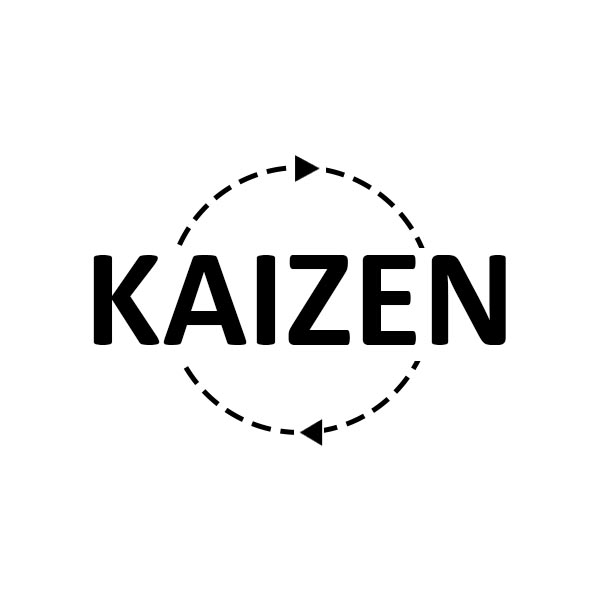
Kaizens
Kaizens enhance productivity, reduced waste, improve employee satisfaction & teamwork, and incremental cost savings without significant capital investment.
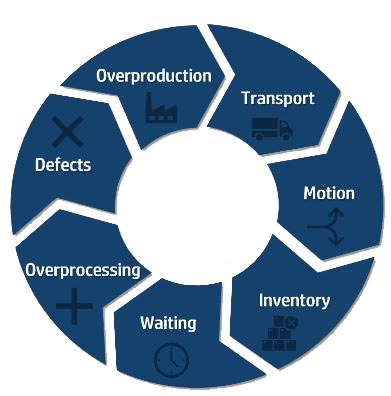
7 Waste of LEAN
Improve efficiency by reducing 7 types of process waste (MUDA): Transport, Excess Inventory, Process Motion, Idle Equipment, Overproduction, Over-processing & Defects.
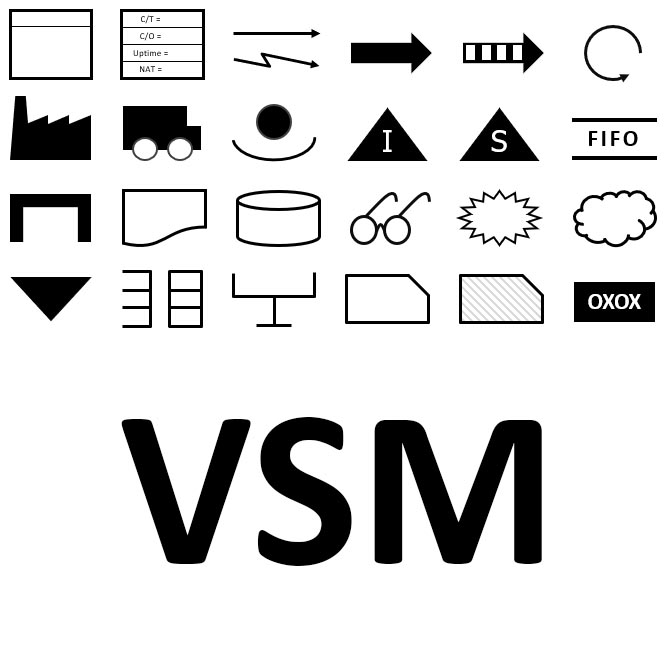
Value Stream Mapping
Gain clear insights into the flow of materials and information through value stream mapping, identifying bottlenecks and opportunities for improvement.
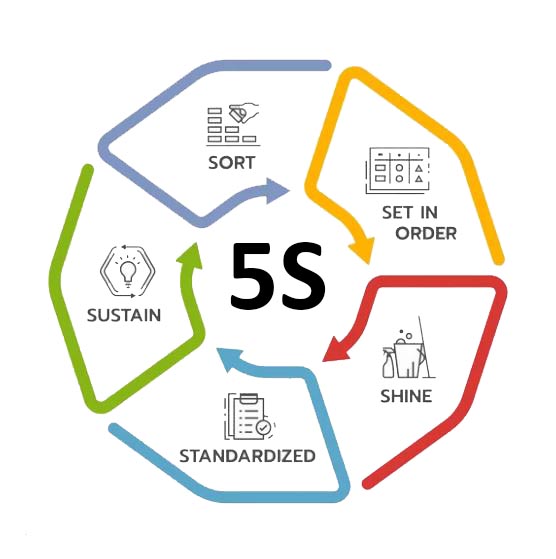
5S
5S (Sort, Set in Order, Shine, Standardize, Sustain) method fosters a disciplined, efficient, and safe work environment, enhancing productivity and quality.
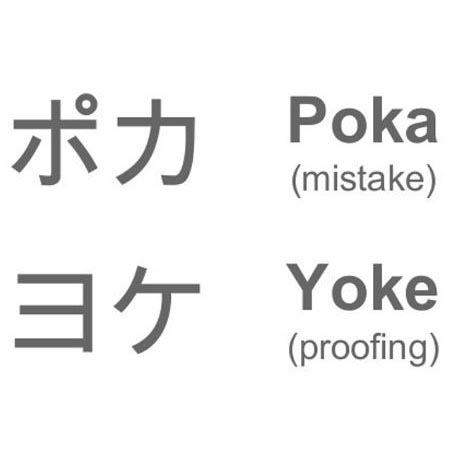
Poka-Yoke
Poka-Yoke (error proofing) reduces errors in manufacturing & business processes, enhancing product quality, improving efficiency, & minimizing waste & costs associated with defects.

Standard Work
Standard Work establishes consistent & efficient workflows, reducing variability, increasing productivity, & ensuring quality & safety in operations.

Gemba Walk
Gemba Walk fosters open communication, identify improvement opportunities, enhance understanding of work processes, & improve employee engagement in their work environment.

DMAIC
DMAIC (Define, Measure, Analyze, Improve, Control) framework to systematically improves and optimizes your processes, ensuring sustained quality and efficiency.
Years of Expertise & Professionalism
Team of experienced consultants with versatile commercial & industrial experience.
Success projects completed for Automotive, Textile, Food, Cable, Real Estate, & Restaurant sectors.


Benefits of Energy Auditing
Schedule Your Audit Today
Ready to elevate your business with LEAN Six Sigma methodologies? Contact us today to explore how we can transform your operations and drive quality assurance to new heights.

History of LEAN Six Sigma
The Deming Revolution
The journey of Lean Six Sigma began with Walter A. Shewhart’s concept of Statistical Process Control (SPC) in the early 20th century. However, it was W. Edwards Deming who, during World War II, harnessed these principles to revolutionize the production of war equipment in the United States. By implementing SPC, Deming significantly improved both the quality and production speed, laying the groundwork for future quality improvement methodologies. This era underscored the critical impact of quality control and continuous improvement on operational success, setting a precedent for Lean Six Sigma.
Deming’s Japanese Legacy
After World War II, Deming’s invitation to Japan marked a pivotal shift in global manufacturing practices. In the late 1940s and 1950s, he introduced quality improvement techniques to Japanese manufacturers, emphasizing the role of management in fostering quality. His teachings led to the development of the kaizen philosophy and quality circles, which became central to Japan’s manufacturing strategy. The transformation contributed to Japan’s reputation for high-quality products, demonstrating the power of quality improvement and continuous improvement processes.
Japanese Master Quality
By the 1970s, Japan had mastered quality improvement, with companies like Toyota and Sony leading the way in global markets. The success of Japanese products, renowned for their superior quality, was a testament to the effectiveness of continuous improvement and quality-focused manufacturing practices. This era highlighted the strategic advantage of integrating quality improvement with lean manufacturing, setting a new benchmark for industrial excellence.
Toyota Production System (TPS)
Toyota’s integration of Deming’s quality principles with Henry Ford’s lean tools gave birth to the Toyota Production System (TPS). TPS introduced groundbreaking concepts such as Just-In-Time production and Jidoka, revolutionizing manufacturing efficiency and quality. Toyota’s implementation of TPS led to a 60% reduction in manufacturing errors and a 50% decrease in production costs, showcasing the tangible benefits of merging lean and Six Sigma methodologies.
Motorola and Global Lean Six Sigma
In the 1980s, Motorola transformed the TPS principles into the modern Lean Six Sigma methodology, addressing its own quality and competition challenges. The development of the Six Sigma methodology, particularly the DMAIC process, offered a structured approach to eliminating defects and improving quality. Motorola’s initial implementation of Six Sigma resulted in over $16 billion in savings, illustrating Lean Six Sigma’s capacity for driving significant operational improvements and cost reductions. Today, Lean Six Sigma’s adoption across various industries worldwide stands as a testament to its effectiveness in achieving continuous improvement, operational excellence, and substantial financial benefits.
